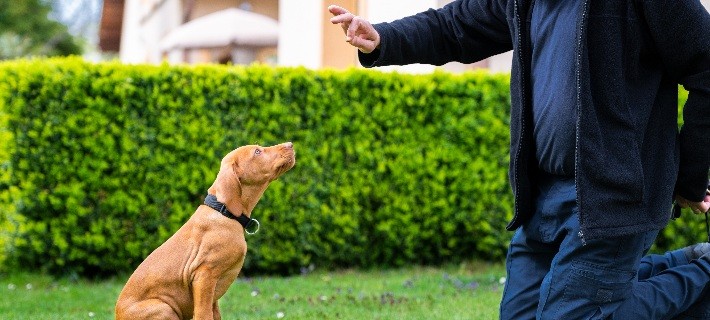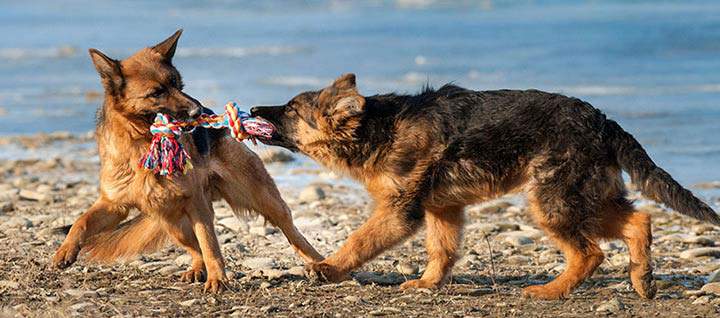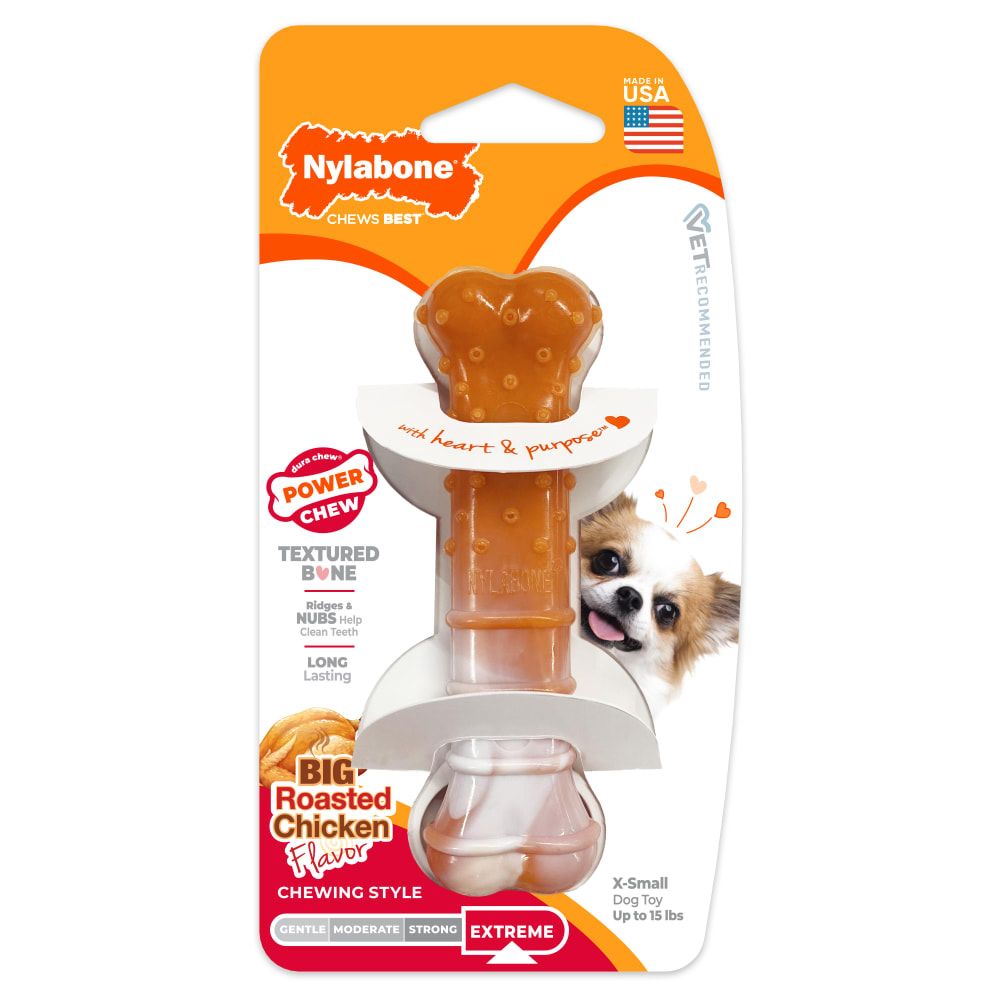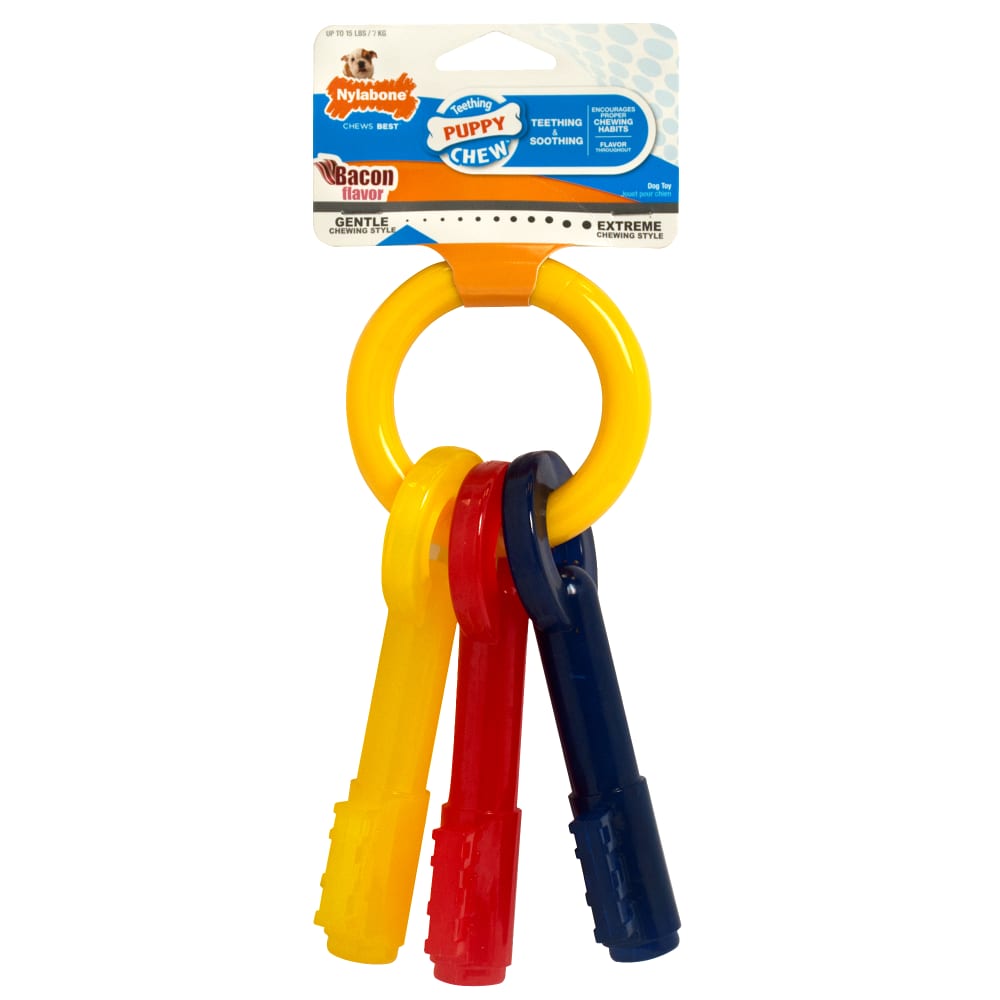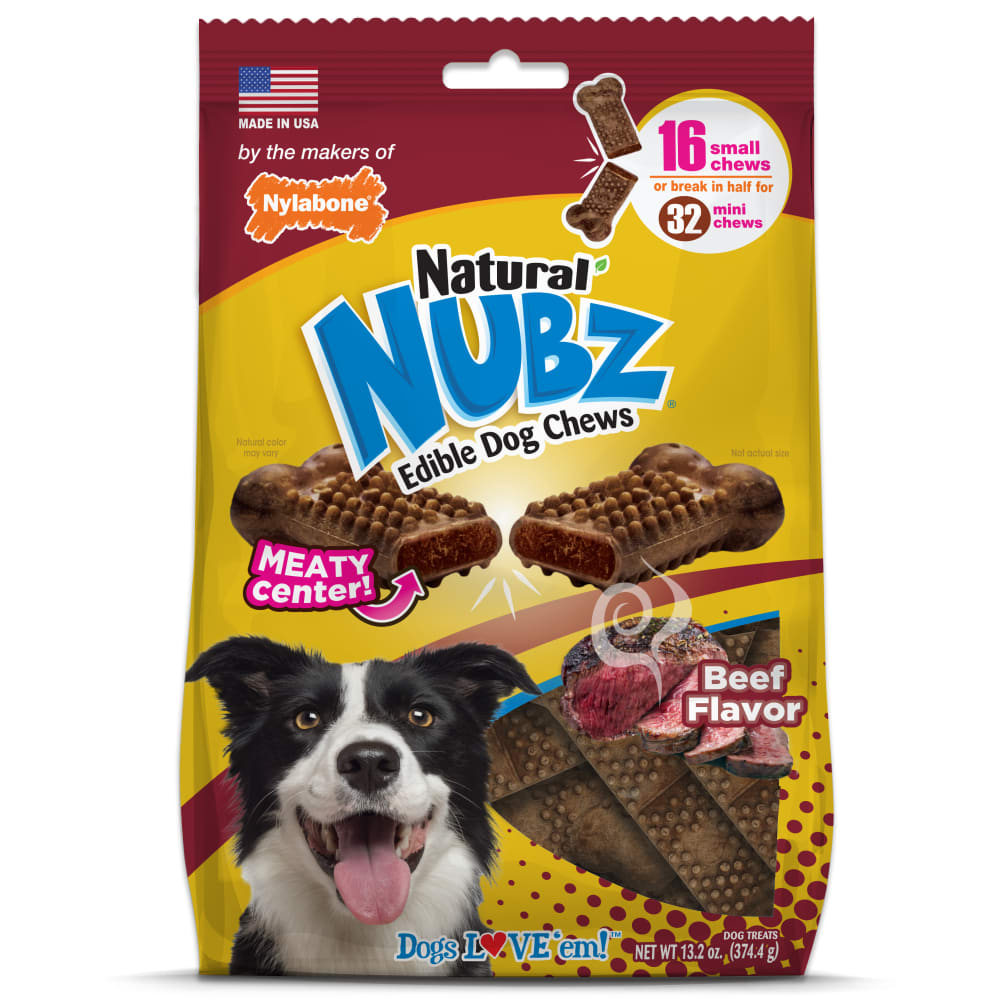Positive Reinforcement Dog Training 101
Imagine training from your dog’s perspective…
Scenario 1: Your pet parent keeps getting frustrated and raises their voice every time you don’t perform the command perfectly.
Scenario 2: Your pet parent gently encourages you to learn the command and showers you with affection when you get it right.
Which one sounds better to you? For dogs and humans alike, learning is more fun and effective in a rewarding environment! Positive reinforcement dog training has become one of the most popular ways to teach commands because it builds trust and offers a constructive training outlet. Discover how this method works, why it works, and how you can employ it in your own training sessions!
What Is Positive Reinforcement Dog Training?
In short, the positive reinforcement technique occurs when you reward your dog for successfully performing a desired behavior (such as the sit command). This will create a positive association with the behavior, motivating your furry friend to complete the task again when asked. When trained properly, your dog will eventually learn to perform the action without getting the reward every time.
In contrast, negative reinforcement involves applying an unpleasant sensation until the desired behavior occurs. A common example when teaching the sit command is pushing your dog toward the ground until their rear touches the floor. They will associate sitting with not being held down, encouraging them to perform the task on their own.
While both training methods have pros and cons, positive reinforcement is generally preferred among pet parents and professional trainers. In fact, reward-based training has been shown to be more effective than aversive techniques, according to the American Veterinary Society of Animal Behavior.
How Positive Reinforcement Dog Training Works

Reward-based training can be fun for you and your furry friend! Follow these basics to ensure great long-term results.
Be clear: Make sure your dog understands what behavior you want them to perform. When teaching the sit command, for instance, say “sit” as your dog goes into the sitting position. This will help associate the command with the action. You can also use a clicker once they sit to further communicate what they did to earn your praise.
Reward quickly: Once your dog performs the desired behavior, reward them immediately. If you wait more than three seconds, they won’t associate the reward with the action.
Stay consistent: Use the same cue word or gesture every time when teaching a command. Likewise, you should utilize a similar reward with each repetition. This keeps training simple and consistent.
Keep sessions short: Limit training sessions to 15 minutes, as your dog may get bored if sessions run long. Short, frequent training periods are more likely to keep them engaged.
End positive: Always end training on a high note! Your dog will leave feeling happy and eager to please at the next session.
🐶 Related: How to Train a Dog – Tips and Tricks for Beginners
Benefits of Positive Reinforcement
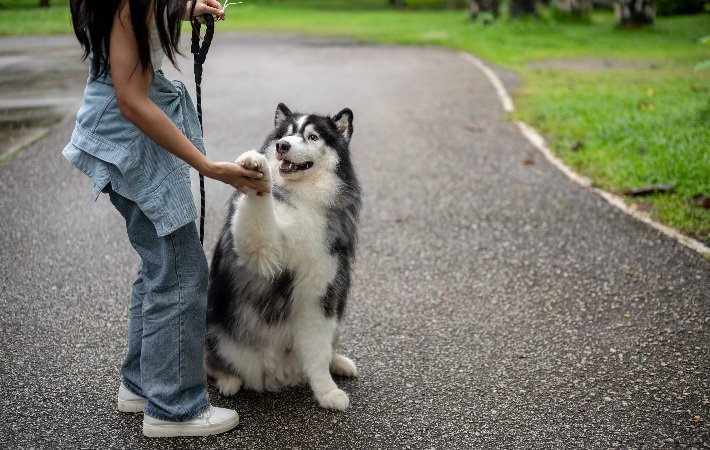
One of the biggest advantages of positive reward training for dogs is that it is, well, positive! Here are some of the most important ways this constructive method can benefit you and your pooch.
Deepens your bond: Spending time together and giving praise is a wonderful way to bond with your dog. Teaching commands will also help you and your furry friend communicate more effectively, paving the way for a fulfilling relationship.
Builds confidence: Showing your dog they’re doing a great job will boost their confidence and trust in you. Always use positive language during training to keep their spirits high.
Produces enduring results: When dogs create positive associations with learned behaviors, they’re more likely to perform those behaviors in the long term. Plus, they’ll be eager to please you!
Offers an ethical training technique: Punishment-based training methods can lead to fear and aggression, but reward-based training is much more likely to produce a happy, well-behaved pup.
Best Training Rewards
So, what “prizes” work best for positive reward dog training? It all depends on your dog’s personal preference! Try these rewards to capture (and keep) their attention.
Treats: Tasty dog treats are one of the most popular training rewards out there—and for good reason! Many dogs are motivated by food and will gladly work with you to earn a scrumptious snack. Use small treats to reinforce behavior when repeating commands, and consider giving your pooch an extra-special treat when introducing a new command.
Chew toys: You can also give your dog their favorite chew toy when they perform a desired action. If they need some extra motivation, try filling a treat toy with spreads or treats. As a bonus, you’ll be teaching your dog healthy, non-destructive chewing habits!
Praise and affection: While you should always let your furry friend know when they did a great job, a head scratch or belly rub makes a great reward when you don’t have any treats or toys handy. Don’t forget to give an enthusiastic “good dog!”
Training Is Rewarding!
Whether you’re training a puppy or an adult dog, positive reinforcement is a tried-and-true method for teaching commands. Remain patient as your furry friend learns—especially in the early training stages—and you’ll be rewarded with a good-mannered bestie.
Did you know some dogs are especially good learners? Explore these highly trainable dog breeds!
FOLLOW US!

